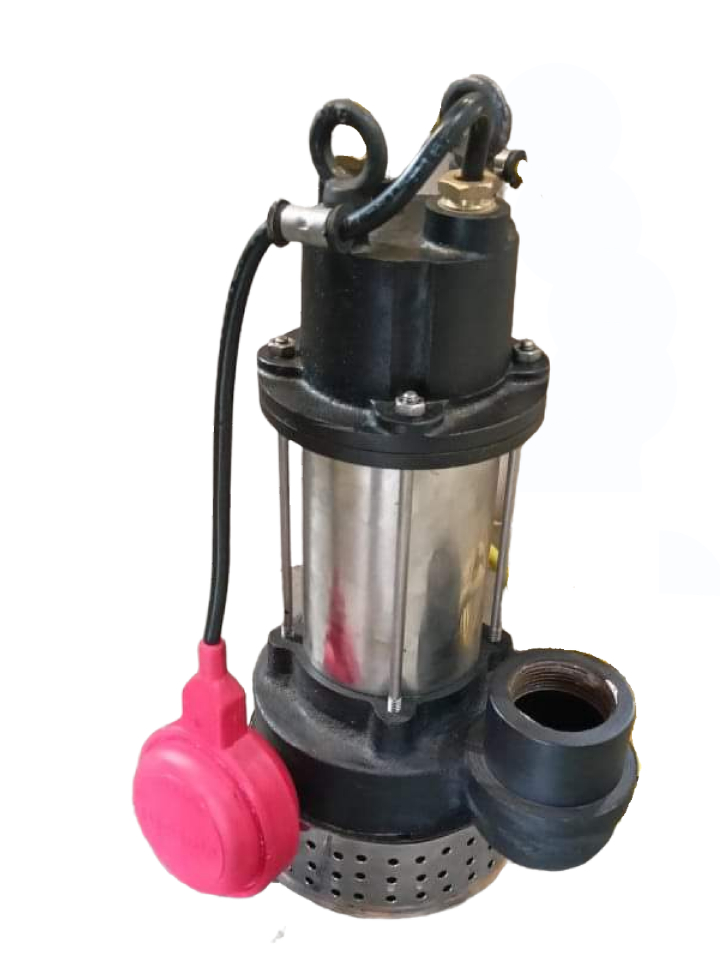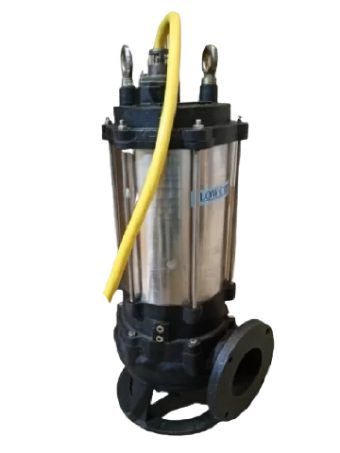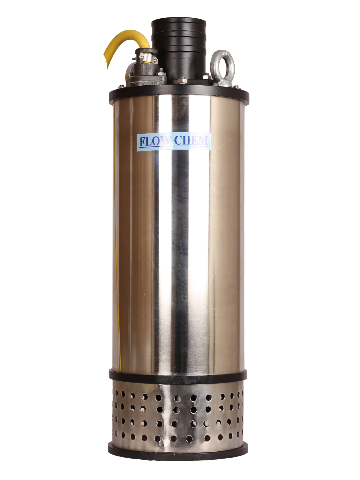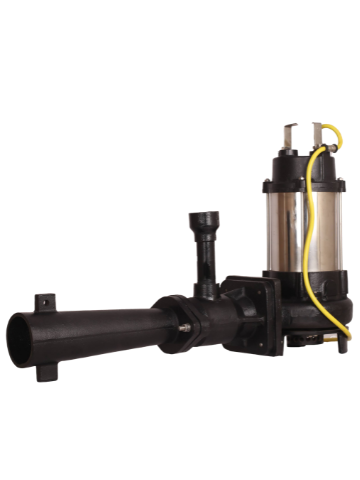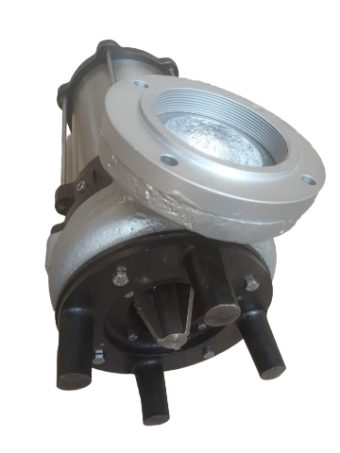Improving Municipal Water Systems with Advanced Pumping Solutions

Water management is an essential component of modern municipal systems, impacting everything from public health to economic stability. As cities grow and climate patterns shift, the demand on water resources intensifies, prompting the need for more efficient and technologically advanced solutions. Central to these solutions are advanced pumping solutions, which serve as the backbone for efficient, reliable, and sustainable water management in municipalities around the globe.
Technological Advancements in Pumping Systems
The evolution of pumping technology has been marked by significant innovations that have transformed the landscape of municipal water management. Modern pumping solutions, including submersible pumps, dewatering pump submersible, and submersible sewage pump, are at the forefront of this transformation, offering enhanced efficiency and reliability.
Submersible Pumps
Submersible pumps are designed to be completely submerged in the fluid they are pumping, making them highly efficient for a variety of applications, from draining pools to managing sewage systems. For instance, a submersible pump 1 hp is capable of handling water with high efficiency and minimal energy consumption, making it a preferred choice for small to medium-scale applications.
Specialized Pumps for Challenging Environments
In contexts where water contains heavy particulate matter, sludge pumps and sewage sludge pumps are critical. These pumps are specifically engineered to handle viscous or solid-filled media without clogging, thus maintaining flow and preventing system shutdowns. In more challenging environments, where cutting large solids is necessary, Cutter Pumps play a vital role. These pumps are equipped with cutting mechanisms that mince solids before pumping, ensuring the smooth operation of sewage systems.
Submersible Dewatering Pumps
For areas prone to flooding or with high groundwater, submersible dewatering pumps are indispensable. These pumps are designed to remove water efficiently, ensuring that construction sites, mines, and low-lying urban areas remain dry and operational even during heavy rains or floods.
Real-World Applications and Benefits of Advanced Pumping Technologies
The application of these advanced pumping technologies in real-world scenarios underscores their importance. Cities across the globe have implemented these systems to tackle a range of challenges, from water scarcity to flood management. For example, advanced dewatering pump submersible systems have been pivotal in urban areas where groundwater management is crucial to prevent flooding and maintain urban infrastructure.
Efficiency and Operational Benefits
The benefits of these modern pumping solutions are manifold. Firstly, they significantly enhance the efficiency of water management systems, reducing energy consumption and operational costs. This is particularly evident in the use of submersible pump 1 hp models, which optimize energy use while providing sufficient power to meet municipal needs. Additionally, the deployment of submersible sewage pumps and Cutter Pumps has led to improvements in the management of sewage systems, reducing blockages and maintenance requirements.
Environmental Impact and Sustainability
Furthermore, the environmental impact of these advanced systems cannot be overstated. By improving the efficiency and effectiveness of water management, these pumps help reduce the ecological footprint of municipal systems. They facilitate the sustainable use of water resources, contribute to the reduction of greenhouse gas emissions through decreased energy consumption, and support overall environmental health.
Financial Considerations
Investing in advanced pumping technology is not only a strategic move for enhancing water management but also a financially sound decision. The implementation of submersible pump 1 hp, dewatering pump submersible, and submersible sewage pump systems often results in significant cost savings over time. These savings stem from several factors, including reduced energy consumption, lower maintenance costs, and extended equipment lifespans due to less wear and tear.
Municipalities that have adopted submersible pumps and Cutter Pumps report decreased operational costs as these pumps operate more efficiently and require less frequent repairs compared to older, less efficient models. The initial investment, while substantial, is offset by the long-term savings and the potential to avoid costly emergency repairs and system downtimes.
Policy and Regulatory Support
Policy and regulatory considerations play a crucial role in the adoption and success of advanced pumping solutions. Governments and regulatory bodies often provide incentives for municipalities to upgrade to more efficient and environmentally friendly systems. These may include subsidies, tax breaks, or low-interest loans aimed at reducing the financial burden of upgrading to advanced technology. Furthermore, regulations and standards that mandate the use of efficient and sustainable technologies help drive the adoption of systems like sludge pumps and sewage sludge pumps.
The Future of Pumping Technology
Looking to the future, the role of technology in municipal water systems is set to grow even more critical. Innovations such as the Internet of Things (IoT) and artificial intelligence (AI) are beginning to be integrated into pumping systems, allowing for real-time monitoring and control, predictive maintenance, and even automated system adjustments based on predictive analytics. This integration not only promises further improvements in efficiency and cost-effectiveness but also enhances the adaptability of water management systems to changing environmental conditions and water demand patterns.
Moreover, as environmental sustainability becomes a higher priority globally, the development of new pumping technologies that are even more energy-efficient and capable of integrating with renewable energy sources is likely. These advancements will help municipalities not only meet regulatory requirements but also contribute to broader environmental goals, such as reducing carbon footprints and promoting sustainable urban development.
Strengthening Municipal Water Systems Through Advanced Pumping Technology
As cities continue to expand and environmental challenges grow, the demand for robust, efficient municipal water systems has never been greater. Advanced pumping solutions are increasingly seen as critical to addressing these needs effectively. Here's a deeper dive into the technological, environmental, and economic advantages provided by these technologies, along with a look into future trends that may shape the evolution of water management.
Technological Enhancements and Efficiency
Advanced pump technologies like submersible pumps and Cutter Pumps have revolutionized water management by increasing efficiency and reliability. Innovations such as variable frequency drives (VFDs) and smart pumps enable these systems to adapt to changing demands without wasting resources. This adaptability not only conserves energy but also extends the operational life of the equipment, significantly reducing the incidence of breakdowns and the need for replacements.
For instance, submersible dewatering pumps are designed to work in the most demanding environments, efficiently removing water and thus preventing potential damage to infrastructure. Similarly, submersible sewage pumps are equipped to handle large volumes of waste water with high levels of impurities, which is crucial for maintaining the sanitation and hygiene standards required in urban settings.
Environmental Impact and Sustainability
The shift towards more sustainable water management practices is facilitated by the deployment of energy-efficient pumps like the submersible pump 1 hp. These pumps are not only effective in reducing the energy consumption of water systems but also in minimizing their environmental impact. By integrating these advanced technologies, municipalities can achieve a dual goal: enhancing water system performance and adhering to stricter environmental regulations.
Furthermore, the use of Cutter Pumps in sewage management helps in mitigating the adverse effects of waste on local ecosystems. By processing waste more thoroughly before it is released into the environment, these pumps play a crucial role in pollution control and help in maintaining the ecological balance.
Economic Benefits
The economic implications of integrating advanced pumping solutions into municipal water systems are profound. Initially, the investment in high-end equipment like submersible sludge pumps and dewatering pump submersible may seem substantial, but the long-term savings in operational and maintenance costs justify the expenditure. Municipalities that leverage these technologies benefit from lower energy bills, fewer service interruptions, and reduced expenditure on system repairs and overhauls.
Looking Ahead: Innovation and Policy Development
The future of municipal water management is likely to be shaped by continued technological innovation and evolving policy landscapes. As research and development in pump technology progresses, we can expect even more efficient and environmentally friendly solutions to emerge. Policy makers are also likely to play a pivotal role by crafting regulations that encourage or mandate the adoption of sustainable technologies, thereby fostering an environment where advanced pumping solutions become the standard.
Conclusion
The integration of advanced pumping solutions such as submersible pumps, Cutter Pumps, and submersible dewatering pumps is vital for the development of efficient, sustainable, and economically viable municipal water systems. These technologies not only enhance the capacity and reliability of water management infrastructures but also support environmental and economic objectives. Moving forward, continuous innovation and supportive policies will be essential in ensuring that water management systems can meet the demands of the future.
